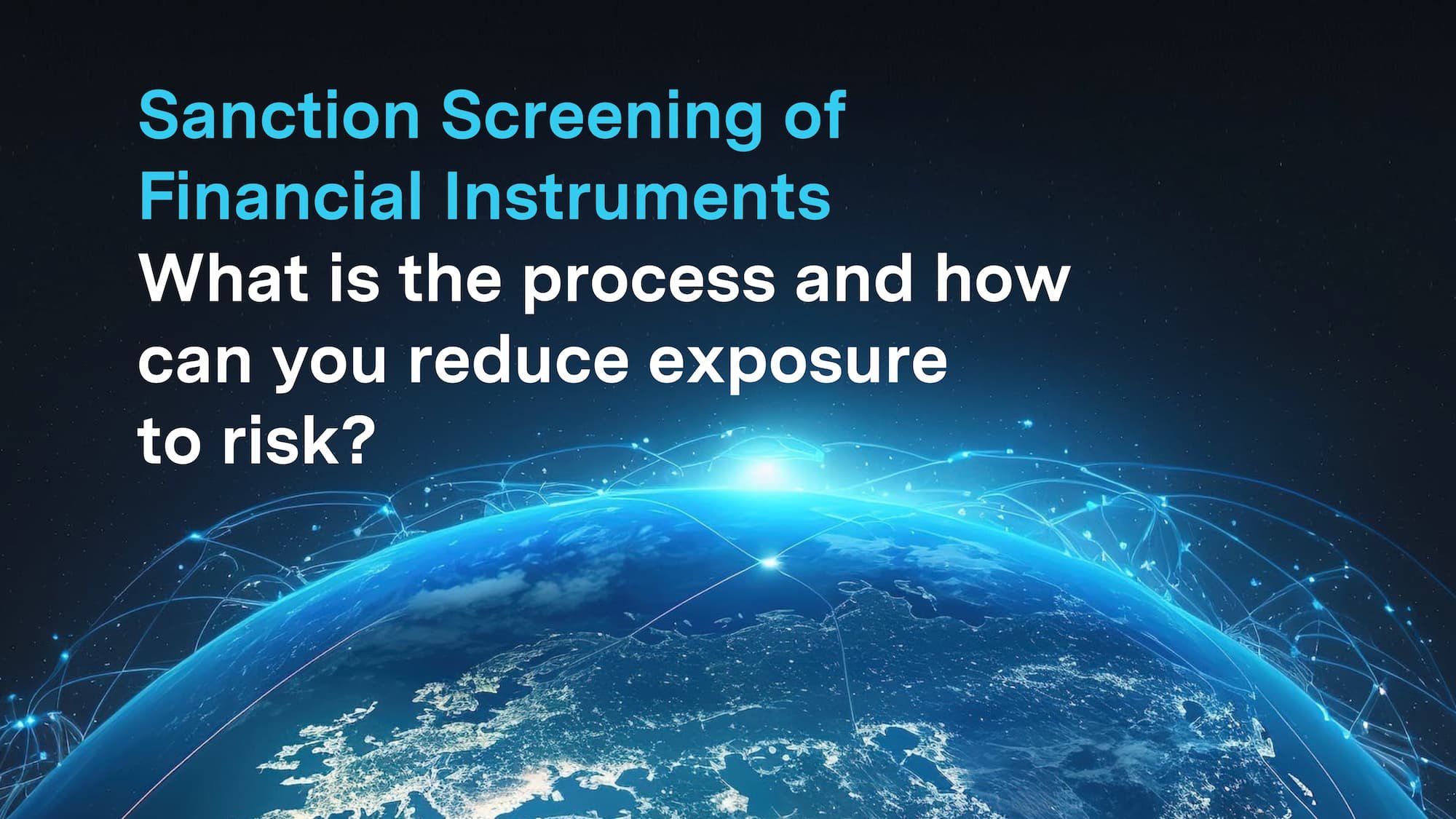
Insights
Explore expert insights on AI, Predictive Analytics, financial crime prevention and regulatory compliance. Our articles cover key topics including AML, KYC, sanctions screening, and emerging technologies - offering strategic perspectives, practical guidance, and thought leadership for organisations navigating an evolving risk and regulatory landscape with the help of the latest technology solutions.
Exploring the intersection of intelligence, regulation, and technology in a changing world.
Select Category

The Essential Guide to Effective Sanctions Screening
Explore the crucial role of sanctions screening in compliance. Discover best practices to protect your business and ensure regulatory adherence.
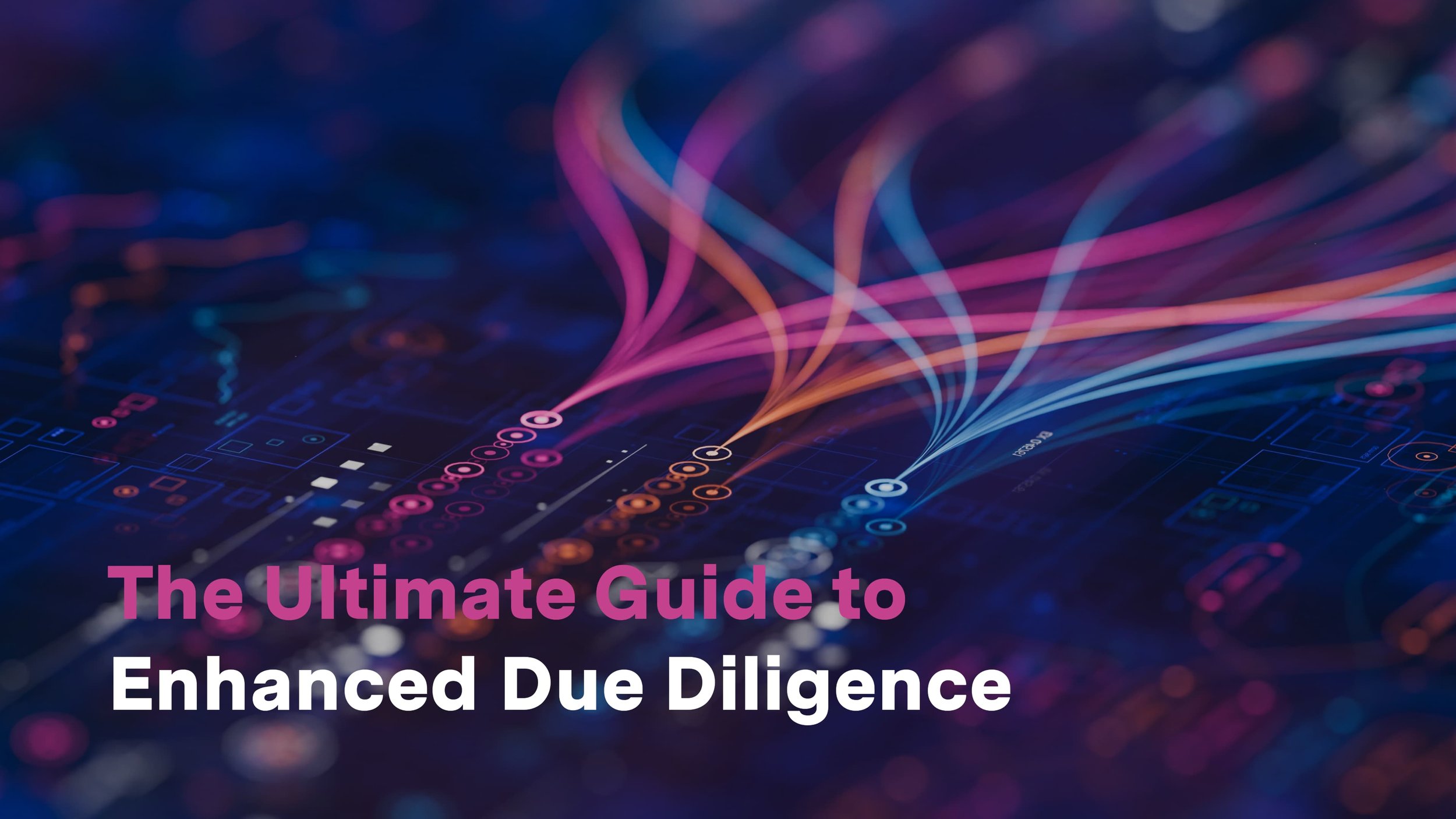
The Ultimate Guide to Enhanced Due Diligence (EDD)
Dive into the essentials of Enhanced Due Diligence (EDD) and its pivotal role in compliance. Understand how EDD processes help identify high-risk customers, ensure regulatory adherence, and protect your business from financial crimes.

Guide to KYC: Processes, Requirements, and Benefits
Understand the essentials of KYC processes, requirements, and benefits. Learn how robust identity verification enhances compliance and builds trust.
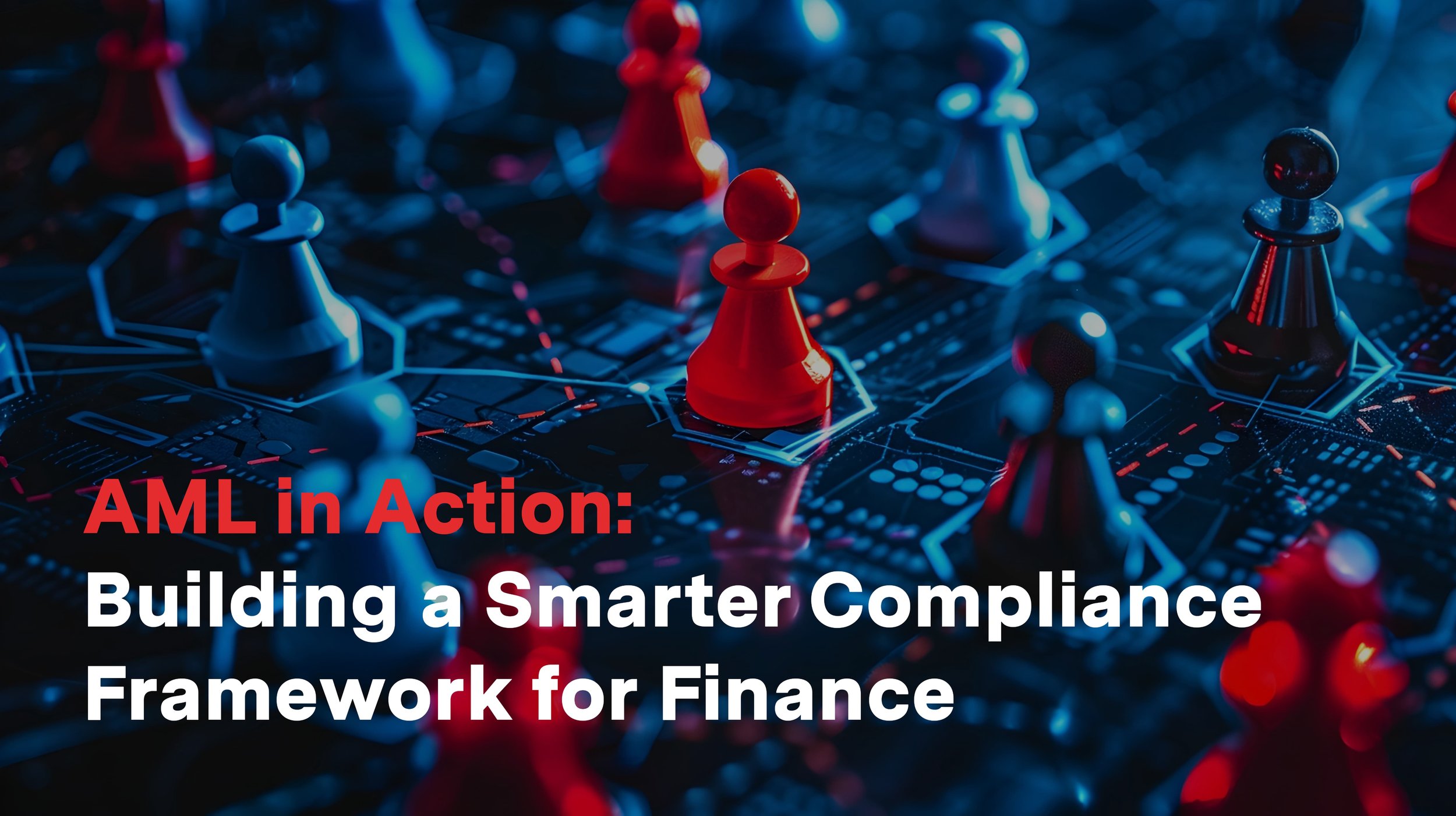
AML in Action: Building a Smarter Compliance Framework for Finance
Discover the critical role of money laundering checks in the financial industry. Understand best practices, compliance obligations, and how robust AML measures protect your institution from financial crime.

What Are the Key Challenges in PEP Screening and How Can They Be Solved
Politically Exposed Person (PEP) screening is a critical pillar of anti-money laundering (AML) compliance—but it’s also one of the most complex and misunderstood areas. From high false positive rates to inconsistent global definitions and difficulties identifying close associates, the challenges can overwhelm even experienced compliance teams. This article breaks down the real risks in PEP screening and provides actionable solutions, including how to leverage advanced technology, enhance KYC processes, and implement a risk-based approach that reduces manual workload while ensuring full regulatory alignment.

Business Rules vs Machine Learning: What Works Best in Compliance?
In today’s rapidly evolving regulatory environment, compliance teams face a critical choice: should they rely on traditional business rules or embrace machine learning? Business rules offer clarity and control, while machine learning provides adaptability and deep insight through data-driven decision-making. This article explores the pros and cons of each approach, outlines key compliance use cases, and shows how combining both can create a scalable, responsive compliance framework. Whether you're improving anti-money laundering (AML) systems or reducing false positives, understanding these technologies is essential for staying compliant and competitive.
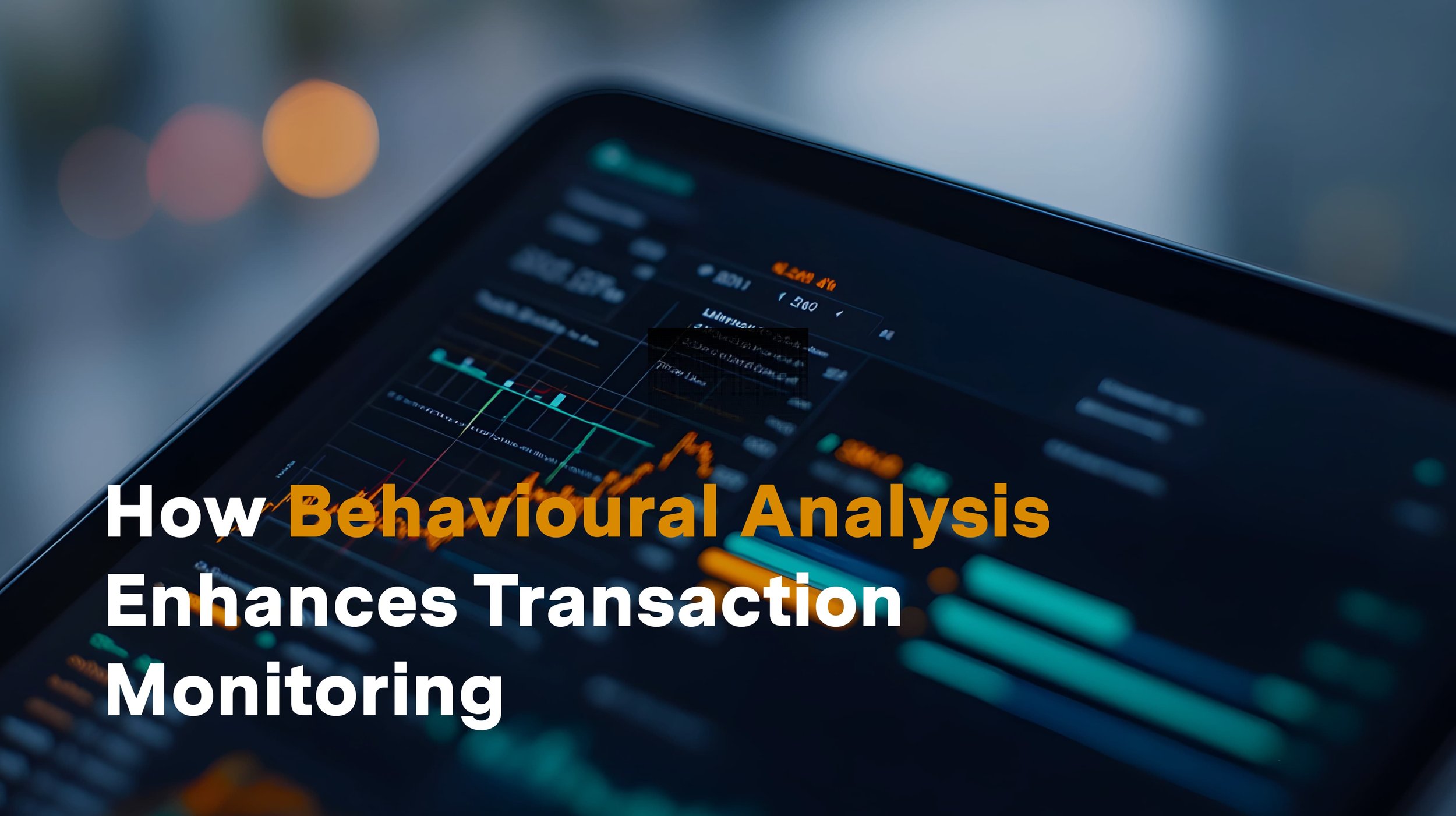
How Behavioural Analysis Enhances Transaction Monitoring
Behavioural analysis is redefining transaction monitoring by detecting subtle anomalies in customer activity that rule-based systems often miss. By understanding behavioural patterns, financial institutions can dramatically improve fraud detection accuracy, reduce false positives, and build dynamic risk profiles. This article explores how AI-powered behavioural analysis strengthens AML efforts, enhances real-time monitoring, and supports compliance with evolving regulations like PSD2 and FATF guidance. Learn how leading banks are using it to proactively identify threats and improve operational efficiency.
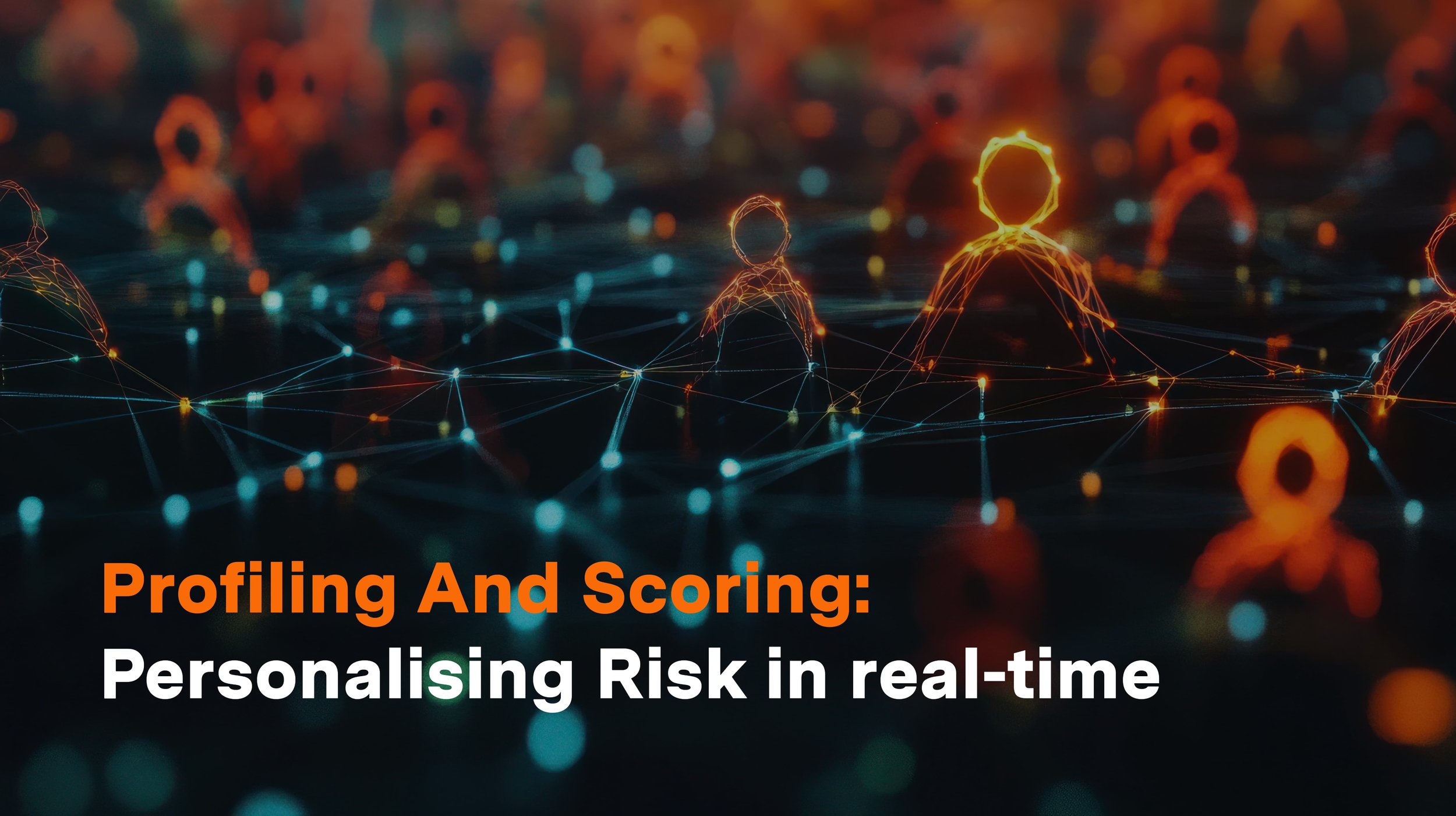
Profiling And Scoring: Personalising Risk in real-time
Real-time risk profiling and personalised scoring are transforming how financial institutions assess, manage, and respond to risk. By leveraging AI, behavioural analytics, and continuous transaction monitoring, organisations can shift from static models to dynamic, individualised risk assessments. This article explores the core elements of real-time profiling—customer behaviour, transaction patterns, and external factors—alongside the technologies driving these capabilities. Learn how to enhance compliance, reduce exposure to financial crime, and stay ahead of emerging threats with smarter, adaptive risk models.
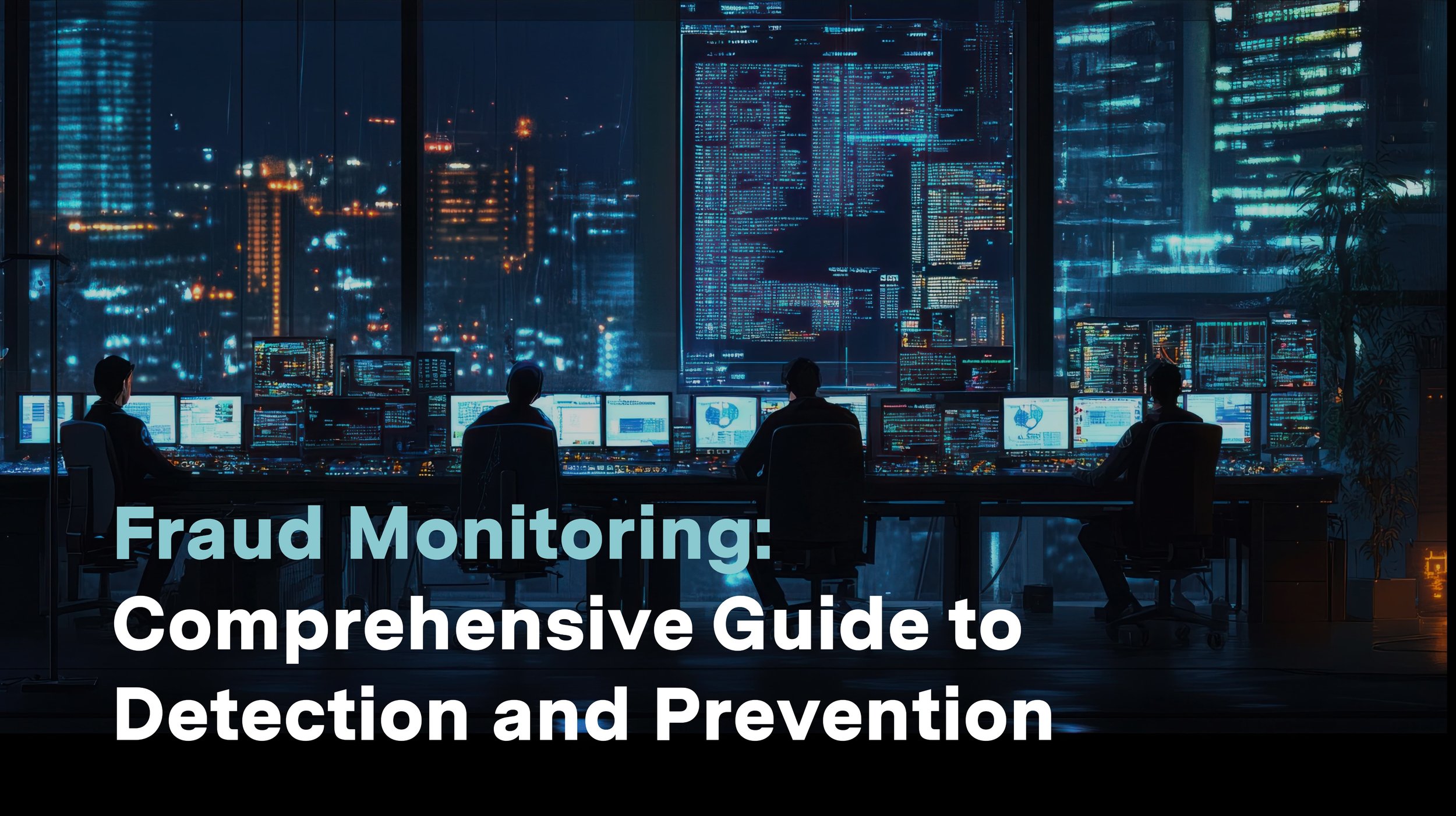
Fraud Monitoring: Comprehensive Guide to Detection and Prevention
As digital transactions surge, so do opportunities for fraud. Businesses must stay ahead with intelligent fraud monitoring systems that detect and prevent threats in real time. This guide explores the foundations of fraud monitoring—unpacking how technologies like AI, machine learning, and behavioural analytics power smarter detection. From stopping authorised push payment fraud to reducing false positives and meeting evolving regulatory demands, we break down what organisations need to know to future-proof their fraud defences and protect customer trust.

Beyond GenAI – What Is the Next Step?
As Generative AI reshapes industries with automation and decision-making tools, the question arises: what's next? This article explores the future of AI beyond GenAI, diving into augmented intelligence, hyper-automation, and how businesses can leverage these innovations to stay competitive in a rapidly evolving landscape.

Is Predictive Analytics the Key to Future Risk Management Success?
In an unpredictable business landscape, traditional risk management frameworks can leave organisations vulnerable and unprepared. Predictive analytics transforms risk management into a proactive and adaptive strategy, leveraging advanced machine learning, real-time data, and natural language processing. This approach helps businesses detect emerging threats, optimise compliance, and achieve operational efficiency, keeping them one step ahead in a constantly evolving regulatory environment.

How Predictive Analytics Is Transforming Fraud Detection
Traditional fraud detection methods can no longer keep up with modern, adaptive fraud tactics. Predictive analytics offers a proactive solution, allowing businesses to detect fraud patterns in real time, reduce false positives, and safeguard valuable data. By harnessing machine learning and data-driven insights, companies can shift from reactive responses to efficient, preventative fraud detection, saving time, resources, and maintaining customer trust.

How can NLP help with KYC?
Traditional KYC methods miss subtle risks, but NLP uncovers hidden insights from unstructured data like social media and emails. Discover how NLP boosts compliance, enables real-time monitoring, and transforms risk detection to keep financial organizations secure.

What role is NLP playing in financial crime detection?
In a landscape where traditional methods fall short, NLP acts as a surgical scalpel, dissecting language nuances for effective crime detection. In this article we look into sentiment analysis, risk rating evolution, and the promising future of NLP as a vigilant guardian in the fight for financial security.

Instant Payments – what are we sacrificing in order to meet service levels?
Exploring the risks and rewards of Instant Payments. In this article we delve into the challenges faced by compliance and risk professionals, balancing the need for speed with security.
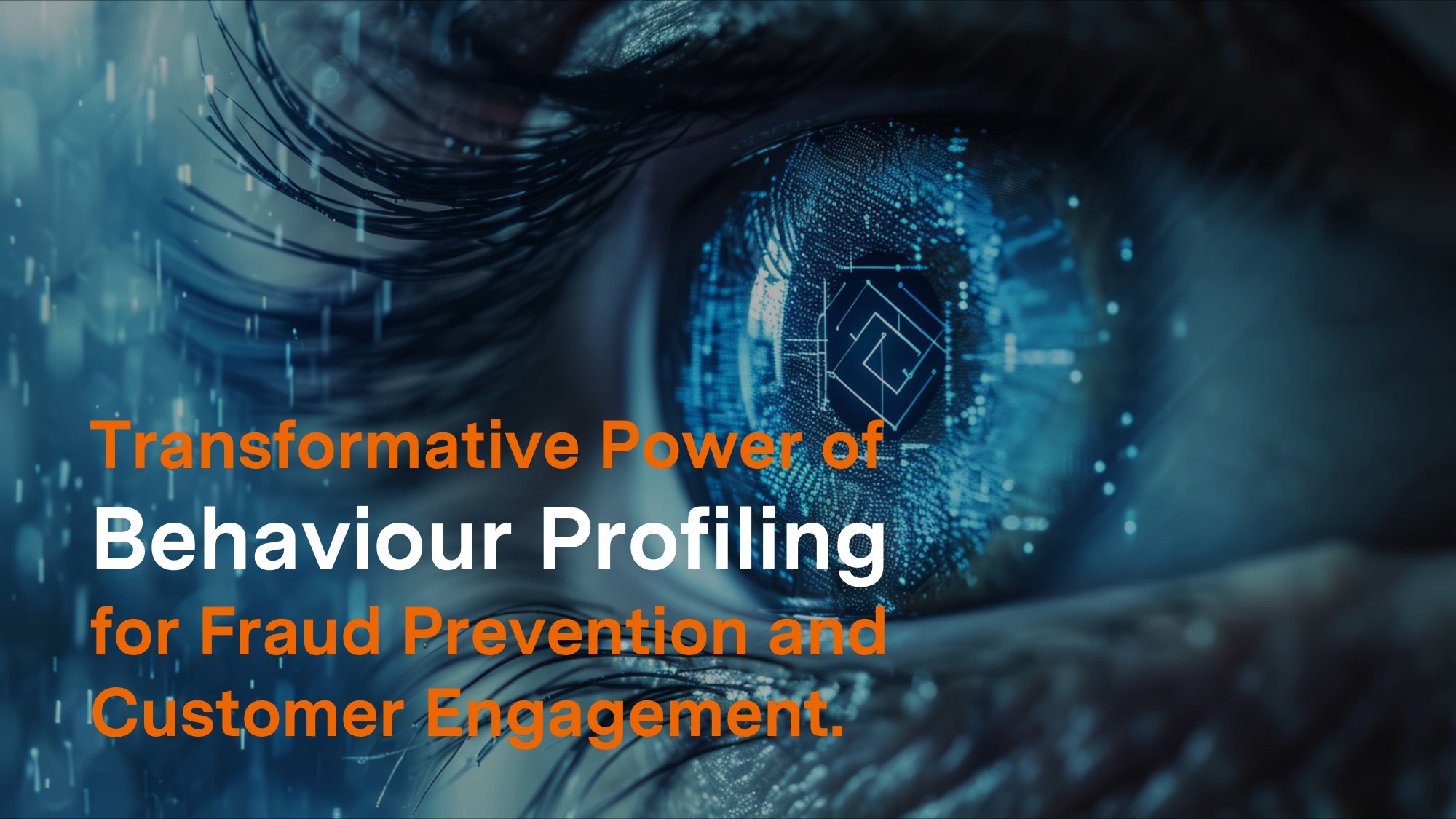
The Transformative Power of Behaviour Profiling for Fraud Prevention and Customer Engagement
Behaviour Profiling transforms fraud prevention in Financial Services. We look at how this advanced approach balances risk, enhances customer engagement, and streamlines operational costs. Proposing the imperative role of behaviour profiling in upholding the integrity of the financial system.
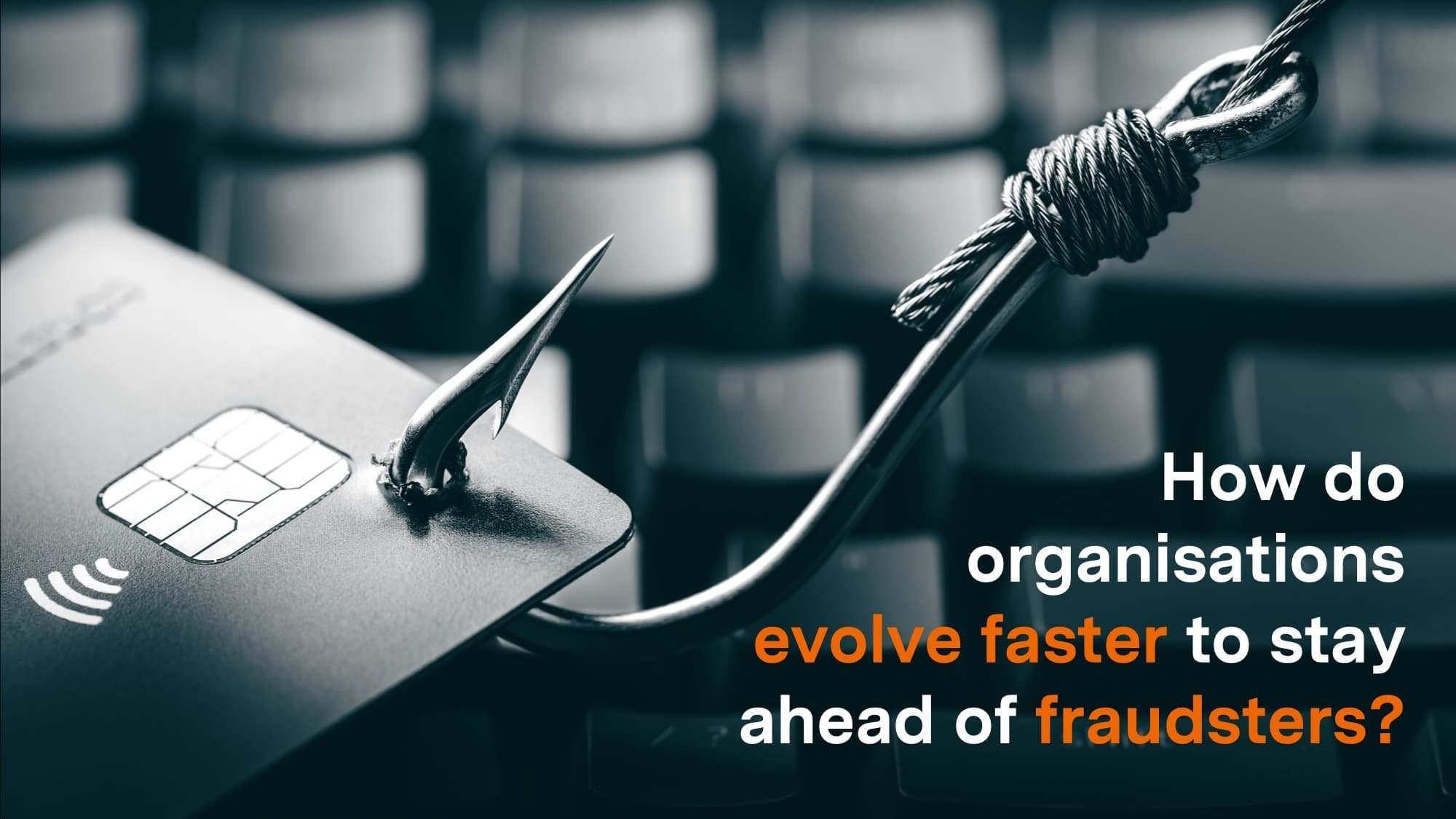
How do organisations evolve faster to stay ahead of fraudsters?
Staying ahead of fraudsters is an ongoing challenge in the dynamic and ever-evolving world of financial services.As technology advances at an exponential rate, so do the tactics of criminals, demanding a proactive, adaptive, and technology-driven approach from those in the field of compliance.

Is Human Input becoming redundant in AI-Driven Financial Crime Prevention?
Artificial intelligence (AI) is transforming financial crime prevention (FCP), but human expertise remains essential for contextual understanding, nuanced judgment, and ethical decision-making. Learn why human-AI collaboration is key to effective FCP.

What is Adverse Media Search and why is it used in financial services organisations?
Adverse Media Search is a process that involves searching publicly available sources of information to identify negative or adverse news about individuals or companies. This type of search is commonly used by financial services organisations, such as banks and insurance companies, as part of their risk management and compliance programs.

The Business Case for a future-proof AI solution.
Platform based AI solutions offer future proofing for investment in compliance technology. The appeal of a platform based solution is clear, as it negates the requirement to have multiple point solutions for AML, Fraud, Credit Risk, Profiling, KYC and Sales Optimisation. All your solutions are in one place, you can see your overall customer profile and risk score in a single view and action alerts and investigations are all accessed in the same interface.

